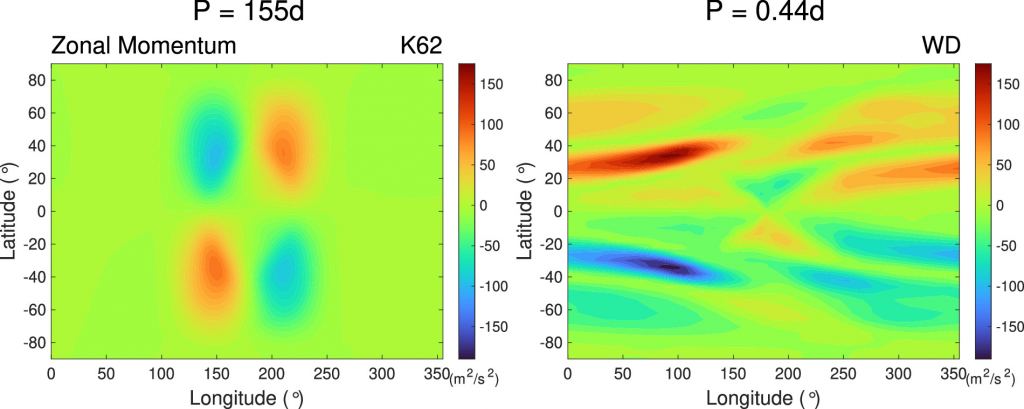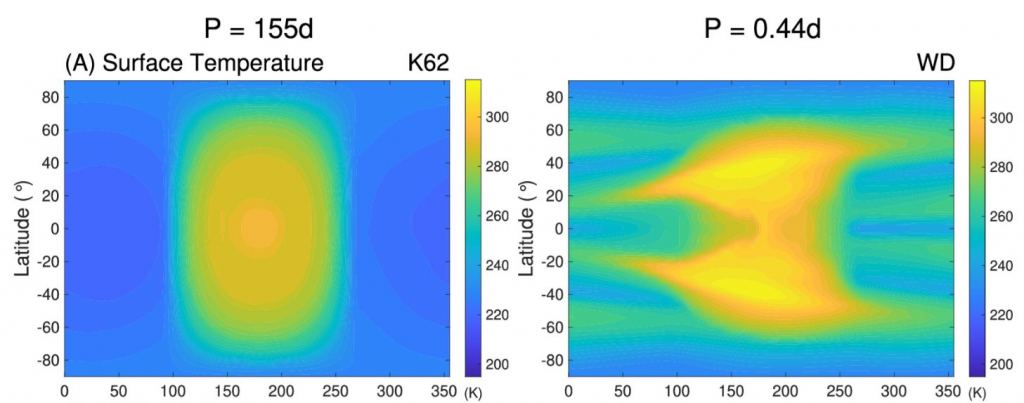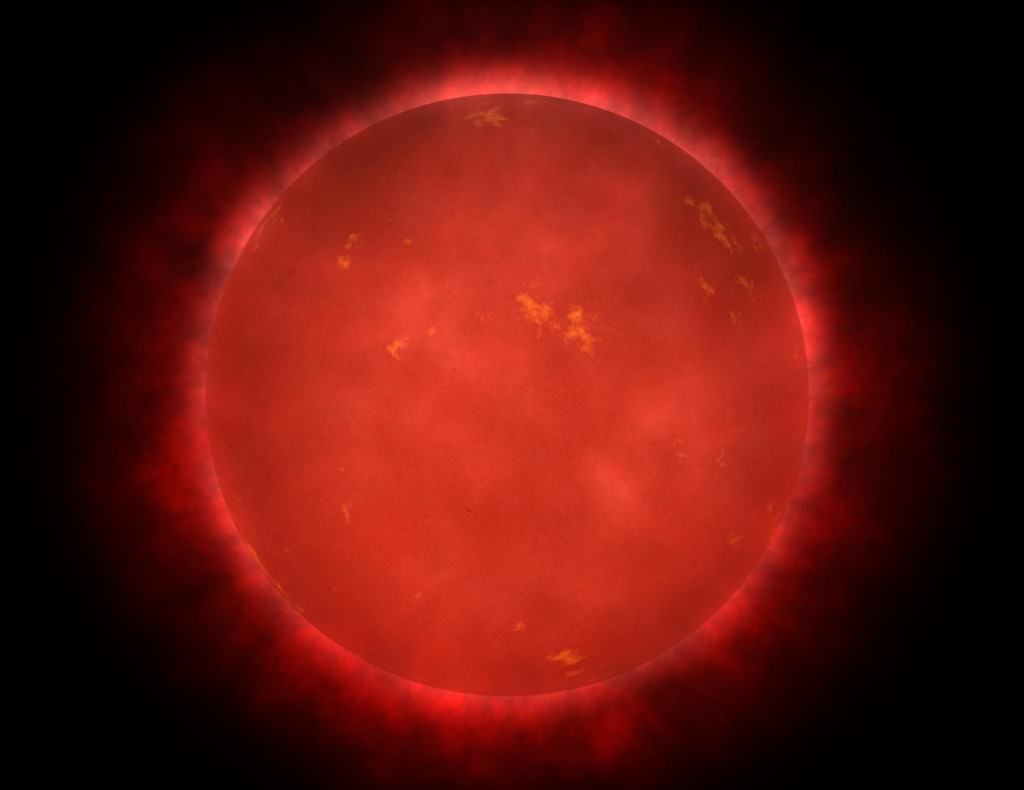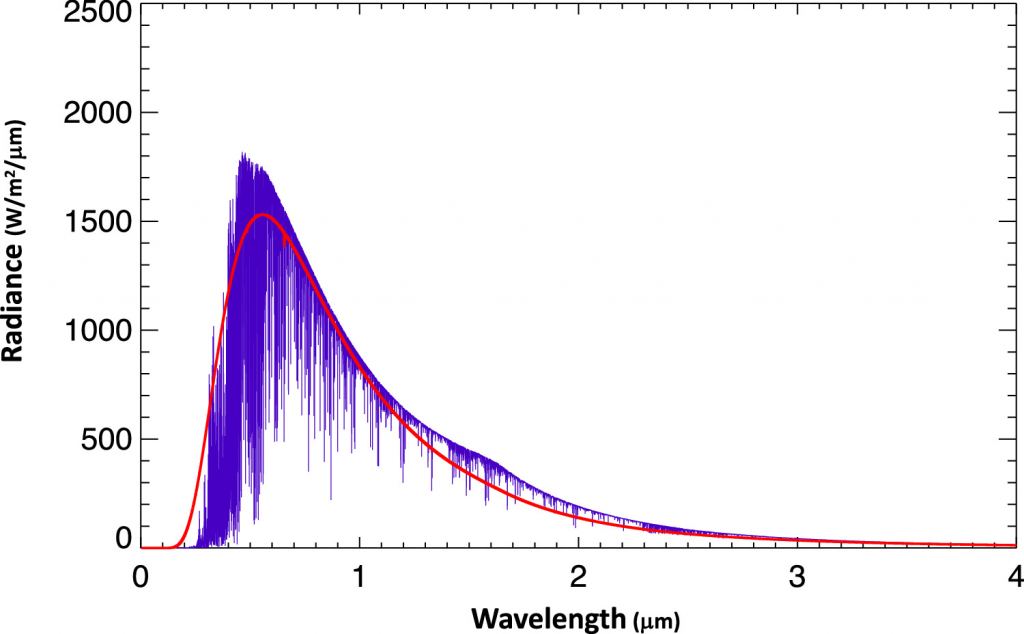White dwarfs are the remnants of once brilliant main sequence stars like our Sun. They’re extremely dense and no longer perform any fusion. The light they radiate is from remnant heat only.
Astronomers have doubted that white dwarfs could host habitable planets, partly because of the tumultuous path they follow to become white dwarfs, but new research suggests otherwise.
White dwarfs are so small that their habitable zones would be equally as small. Their habitable zones could range from only 0.0005 to 0.02 AU from the star. At that range, any planets would be tidally locked. One side of the planet could suffer from the runaway greenhouse effect, while the other could be frigid. Another problem concerns the existence of any white dwarf planets themselves. There are indications that they exist, but their population is undefined.
There are about 10 billion white dwarfs (WDs) in the Milky Way, and new research in The Astrophysical Journal suggests that some of them could harbour life-supporting planets. The research is titled “Increased Surface Temperatures of Habitable White Dwarf Worlds Relative to Main-sequence Exoplanets.” The lead author is Aomawa Shields, associate professor of physics and astronomy at UC Irvine.
“These results suggest that the white dwarf stellar environment, once thought of as inhospitable to life, may present new avenues for exoplanet and astrobiology researchers to pursue.”
Aomawa Shields, lead author, UC Irvine
“Discoveries of giant planet candidates orbiting white dwarf (WD) stars and the demonstrated capabilities of the James Webb Space Telescope bring the possibility of detecting rocky planets in the habitable zones (HZs) of WDs into pertinent focus,” the authors write. If we do find more WD planets with the JWST or other telescopes, how likely is it that they’re habitable?
This research sought to find out by simulating two Earth-like aqua planets (ocean worlds) orbiting two different stars. They’re both tidally locked, follow circular orbits, and have Earth’s mass, atmospheric composition, and surface pressure. One is in the HZ of a main sequence star named Kepler-62, and the other is in the HZ of a hypothetical WD. Astronomers have already discovered large planets around WDs, so this simulation is based on real situations.
“While white dwarf stars may still give off some heat from residual nuclear activity in their outer layers, they no longer exhibit nuclear fusion at their cores. For this reason, not much consideration has been given to these stars’ ability to host habitable exoplanets,” lead author Shields said in a press release. “Our computer simulations suggest that if rocky planets exist in their orbits, these planets could have more habitable real estate on their surfaces than previously thought.”
Shields and her co-researchers used a 3D climate model to simulate planets around the stars. Both planets are tidally locked to their stars. Although both stars have similar effective temperatures, the results show that the planets’ climates differ considerably. The HZ around the white dwarf is much closer, meaning its planet is closer. That proximity means the planet had a higher surface temperature and a much faster rotation period, which is critical to the results.
“The synchronously rotating WD planet’s global mean surface temperature is 25 K higher than that of the synchronously rotating planet orbiting K62 due to its much faster (10 hr) rotation and orbital period,” the authors explain in their paper.
The simulated planet orbiting K62 had a much longer orbital period, which allowed a large mass of water vapour clouds to accumulate on the dayside. These clouds cooled more of the planet’s surface, subtracting habitable surface area. “The planet orbiting Kepler-62 has so much cloud cover that it cools off too much, sacrificing precious habitable surface area in the process,” Shields said.
“On the other hand, the planet orbiting the white dwarf is rotating so fast that it never has time to build up nearly as much cloud cover on its dayside, so it retains more heat, and that works in its favor,” Shields said.
The WD planet’s faster rotation circulated the atmosphere more effectively, avoiding the runaway greenhouse effect. “This ultrafast rotation generates strong zonal winds and meridional flux of zonal momentum, stretching out and homogenizing the scale of atmospheric circulation and preventing an equivalent buildup of thick, liquid water clouds on the dayside of the planet compared to the synchronous planet orbiting K62,” the paper states. The authors also explain that this transports heat from higher latitudes toward the equator and that this pattern is seen in other simulations of short-period planets.

“We expect synchronous rotation of an exoplanet in the habitable zone of a normal star like Kepler-62 to create more cloud cover on the planet’s dayside, reflecting incoming radiation away from the planet’s surface,” Shields said. “That’s usually a good thing for planets orbiting close to the inner edge of their stars’ habitable zones, where they could stand to cool off a bit rather than lose their oceans to space in a runaway greenhouse. But for a planet orbiting squarely in the middle of the habitable zone, it’s not such a good idea.”

Fewer clouds on the dayside of WD planets, combined with a stronger greenhouse effect on the night side, would create warmer, more habitable conditions than on the Kepler-62 planet, despite the fact that WD energy outputs slowly decline over time. If these results hold up, they could be game-changing in our search for exoplanets in habitable zones.
“White dwarfs may, therefore, present amenable environments for life on planets formed within or migrated to their HZs, generating warmer surface environments than those of planets with main-sequence hosts to compensate for an ever-shrinking incident stellar flux,” the authors explain.
“These results suggest that the white dwarf stellar environment, once thought of as inhospitable to life, may present new avenues for exoplanet and astrobiology researchers to pursue,” Shields said.
What’s not clear is how many planets there are around WDs. The transition from a red giant to WD isn’t a peaceful process. When red giants expand, they engulf and destroy nearby planets. Our Sun will one day become a red giant, and it will engulf Mercury, Venus, and probably Earth. Maybe even Mars.

These destroyed planets can form a debris disk around the white dwarf, from which a new generation of planets could emerge. Or planets further away from the red giant could survive and move closer to the star as it undergoes its changes. More research is needed to understand these possibilities.
“As it is likely that many of the planets orbiting WD progenitors will have been engulfed during the red giant phase, WD planets may be few within their systems and possibly orbiting alone in single-planet systems,” the authors write.
Our knowledge of exoplanet habitability is incomplete. Yet, it’s a critical issue in understanding the Universe and one of our biggest questions: Is there other life? We can’t answer the big one without a much better understanding of habitability and what conditions it exists in. The only way to gain that knowledge is with more powerful observations.
“As powerful observational capabilities to assess exoplanet atmospheres and astrobiology have come on line, such as those associated with the James Webb Space Telescope, we could be entering a new phase in which we’re studying an entirely new class of worlds around previously unconsidered stars.”
Press Release: UC Irvine astronomers gauge livability of exoplanets orbiting white dwarf stars
Research: Increased Surface Temperatures of Habitable White Dwarf Worlds Relative to Main-sequence Exoplanets
Source link
Read More
Visit Our Site
Read our previous article: How sonification turns data into sound
